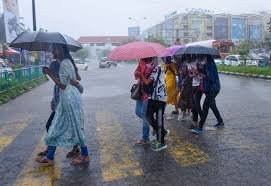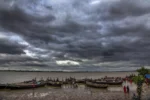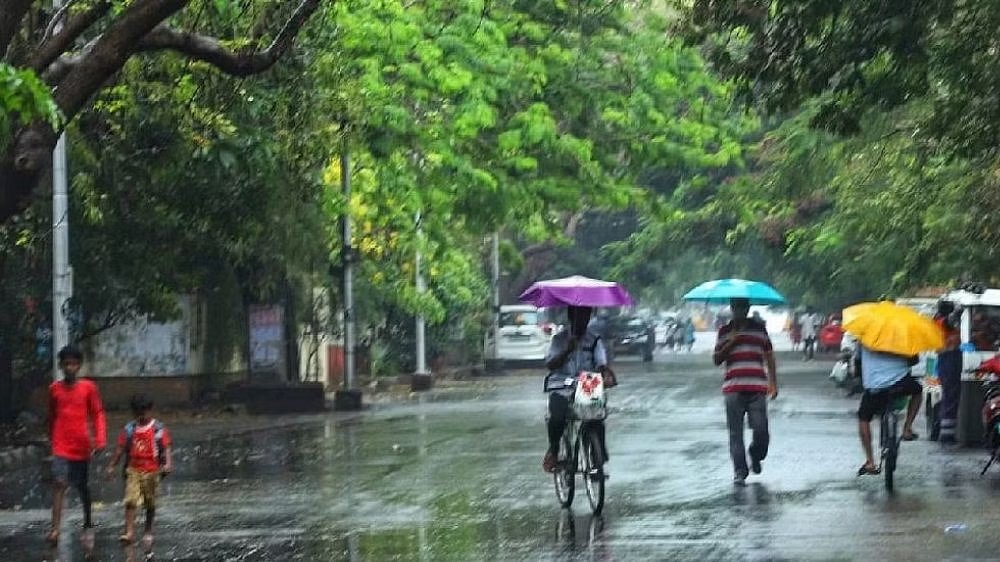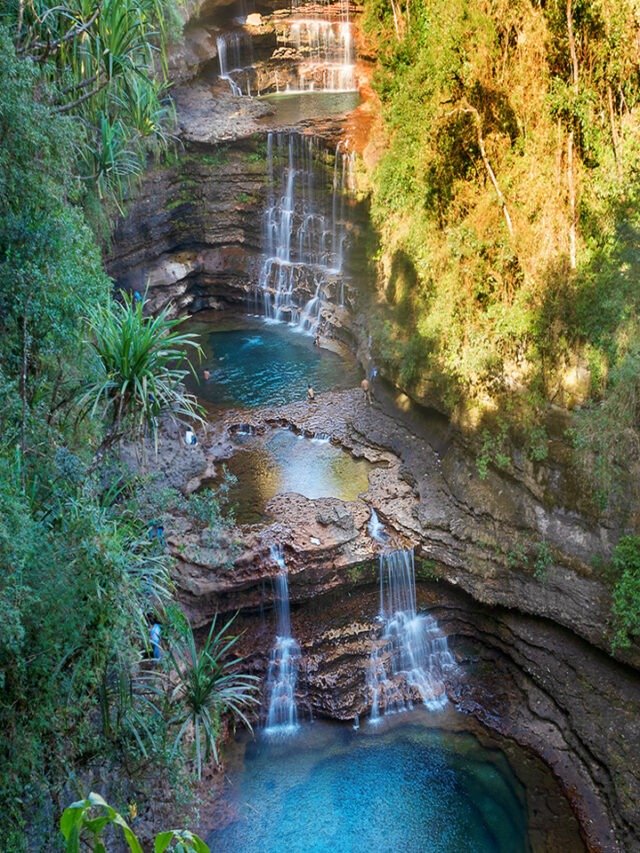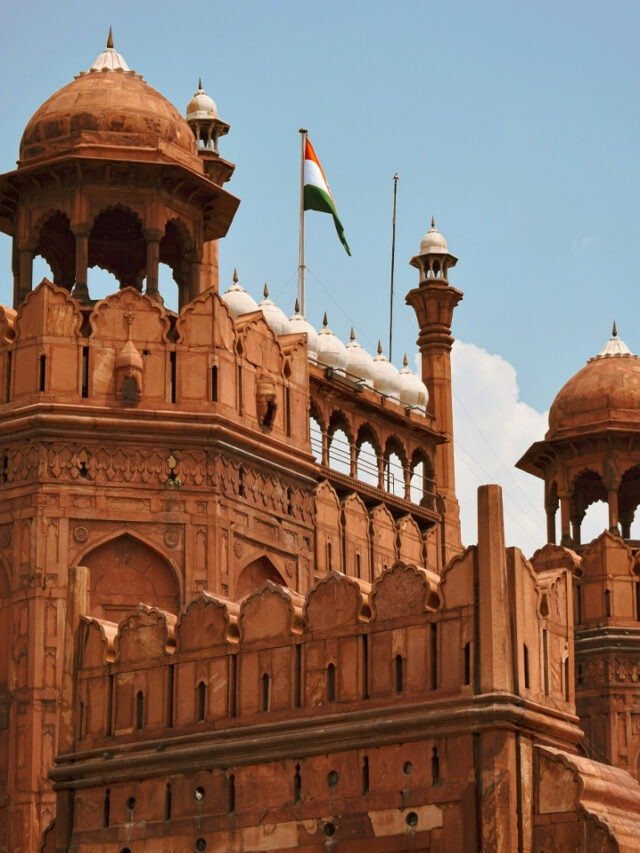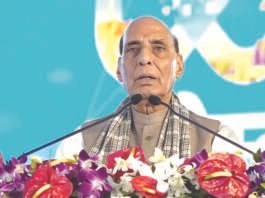NEW DELHI, June 23: Cyclone warning systems have become substantially more accurate, with improvements of up to 65 per cent in landfall prediction within 48 hours, a senior official on Monday said.
Addressing a press conference on 11 years of the Modi government, Ministry of Earth Sciences (MoES) Secretary Dr M. Ravichandran said forecasts of other severe weather events such as heavy rainfall, fog, and heatwaves have improved by 40 per cent over the last five years.
Monsoon forecasting has also seen a major shift, moving from statistical to physics-based models under the National Monsoon Mission, significantly enhancing the accuracy and spatial resolution of seasonal predictions.
“These improvements are the result of sustained investments in research infrastructure and technology over the past decade,” said Dr Ravichandran, while outlining the ministry’s key achievements from 2014 to 2025.
Among the major milestones highlighted was the launch of the Bharat Forecast System in May 2025, a high-resolution (6 km) global weather model aimed at strengthening India’s capability in weather prediction.
In September 2024, the government also rolled out ‘Mission Mausam’, a nationwide initiative to make India “weather ready and climate smart”.
India’s first Earth System Model (IITM-ESM) played a key role in international climate science, contributing to the Intergovernmental Panel on Climate Change’s Sixth Assessment Report (IPCC AR6) and the Coupled Model Intercomparison Project Phase 6 (CMIP6), he said.
In ocean science, the Deep Ocean Mission marked a turning point with successful wet harbour trials of Matsya-6000, India’s manned submersible capable of reaching 6,000 metres below sea level.
Dr Ravichandran said this will pave the way for deep-sea exploration and sustainable extraction of marine resources.
“We have also discovered two active and two inactive hydrothermal vents in the Indian Ocean and identified 23 new species in biodiversity surveys –strengthening India’s position in ocean science,” he added.
The ministry also released an Integrated Ocean Energy Atlas to assess renewable energy potential, estimated at 9.2 lakh TWh annually, from India’s Exclusive Economic Zone (EEZ), including wave, tidal, wind and ocean thermal energy.
Services for the fishing and maritime community have expanded considerably, with over seven lakh fishermen now receiving Potential Fishing Zone (PFZ) advisories, up from one lakh in 2014.
Marine services such as oil spill alerts, coral bleaching forecasts and harmful algal bloom warnings now reach nearly 9.45 lakh stakeholders across India and in six other Indian Ocean countries, the official said.
India’s tsunami alert capabilities have also advanced, he added.
“Earlier, we were limited to Indian Ocean events, but now we can issue tsunami warnings within 10 minutes for any global ocean earthquake. These alerts are shared with 25 Indian Ocean Rim countries,” said Dr Ravichandran.
In polar science, India continues to operate two Antarctic research stations and one in the Arctic, supporting over 100 scientists annually.
The passage of the Antarctic Bill in 2022 and the release of the Indian Arctic Policy the same year further strengthened India’s scientific and diplomatic presence in polar regions, he said.
Domestically, the National Seismological Network now comprises 166 observatories, up from 86 in 2014, enabling the detection of earthquakes of magnitude 3.0 and above, he said.
Eight Indian cities have undergone seismic microzonation to improve earthquake-resilient infrastructure, he said. A three-km deep borehole in Maharashtra’s Koyna region is being studied to understand reservoir-triggered quakes.
The MoES official said the ministry has also implemented thermal desalination in Lakshadweep, improving access to potable water and reducing water-borne illnesses. Coastal restoration projects in Puducherry and Tamil Nadu have reclaimed eroded beaches using innovative engineering solutions.
To make scientific services more accessible, the ministry has launched several public-facing mobile apps — Mausam, Meghdoot, Damini, SAFAR AIR, and Bhookamp — and digital platforms like the Earth System Science Data Portal and Digital Ocean. (PTI)



